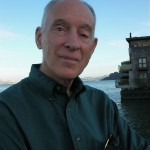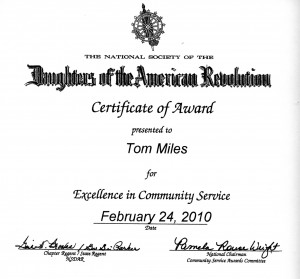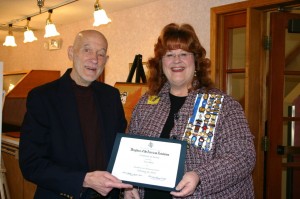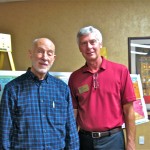 Welcome to the Albuquerque, New Mexico, Historical and Cultural Timeline blog.
Welcome to the Albuquerque, New Mexico, Historical and Cultural Timeline blog.
The idea for the Albuquerque Historical and Cultural Timeline arose from a 2004 conversation with Albuquerque Mayor Martin Chavez. His mention of the upcoming 300th birthday of the founding and naming of Albuquerque stimulated me to put two years into creating the Albuquerque Historical and Cultural Timeline, correlating and displaying 600 years of historical and cultural events across New Mexico, the U.S., Mexico, Europe and Asia-Pacific.
I need to express deep appreciation here for the following individuals who very graciously provided information, assistance, support and guidance throughout:
- Elizabeth Chestnut – Historian, Indian Pueblo Cultural Center
- Dr. Linda Hall – History Professor, UNM
- Scott Meredith – History PhD candidate, UNM
- Dr. Cynthia Radding – Director of Latin American & Iberian Institute, UNM
- Rubén Saláz – Historian, author, Tri-Centennial History Task Force
- Dr. Joseph P. Sánchez – Superintendent of the Spanish Colonial Research Center, a partnership between the National Park Service and the University of New Mexico in Albuquerque
- Joe S. Sando – Historian, author, Archive Director for Indian Pueblo Cultural Center
- Deb Slaney – Curator of History – Albuquerque Museum of Art and History
- Dr. Jane Slaughter – Professor and Chair of History Department, UNM
- Juan M. Solana – Mexican Consul and Alberto Bernal Acero – Deputy Mexican Consul
- Claude Stephenson – State Folklorist and author of The Albuquerque Arts Alliance “Albuquerque Cultural Survey”
- Sandia Laboratories Graphic Arts Department
- Don Couchman – Historian and Chairman of the Tricentennial History Task Force
- Craig Newbill – Executive Director, New Mexico Humanities Council
- Jerry Geist and Vicky Osborne – El Jefe and La Jefecita of the Tricentennial Committee
Without their support and assistance, the Timeline would not be visible to the public in the East Wing of the Convention Center and in the passenger waiting area of the Albuquerque International Sunport.
I intend through this blog to explore and present interesting historical and cultural stories contained within the Timeline in a series of blog-post and video formats. I hope you enjoy the very first video, “5 Perspectives on Albuquerque,” which is an overview of the structure and ‘how to read’ the timeline.
Your comments, thoughts and suggestions are welcome.
Tom




